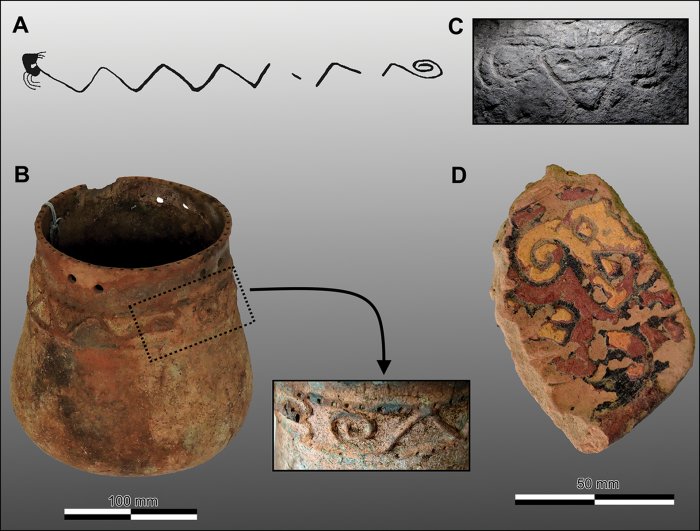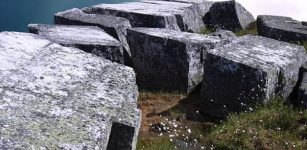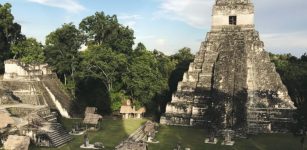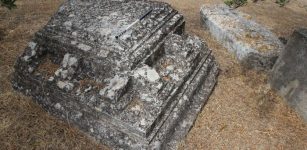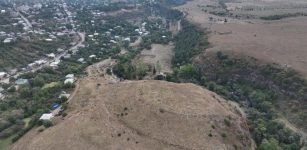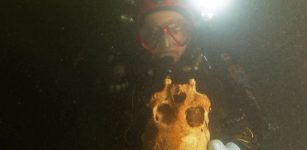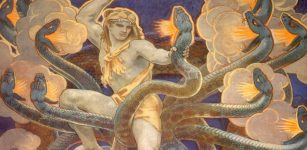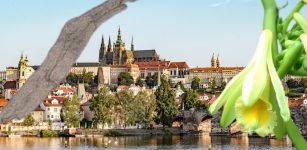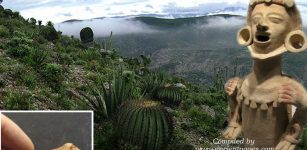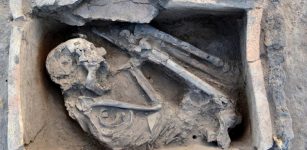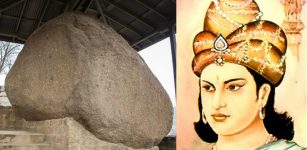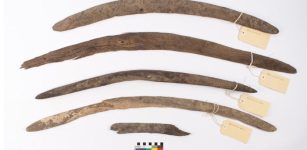Amazing Giant Rock Engravings Discovered In South America May Be The World’s Largest
Conny Waters - AncientPages.com - Archaeologists have made a groundbreaking discovery of what is believed to be the largest prehistoric rock art in the world. These engravings, carved into rock faces along the Upper and Middle Orinoco Rivers in Venezuela and Colombia, feature diverse imagery, including depictions of giant snakes, human figures, and giant Amazonian centipedes.
Rock panel featuring many engravings including a ~42m-long snake. Credit: Antiquity
Remarkably, some of these engravings are tens of meters long, with the largest measuring an astonishing 40 meters. Researchers suggest that these engravings were likely used to mark the locations of prehistoric indigenous tribes.
This remarkable find sheds light on ancient civilizations' artistic and cultural practices, offering a unique glimpse into their way of life and connection to the natural world.
While some of the sites were previously known, the team, co-led by researchers from Bournemouth University and Universidad de los Andes in Colombia, uncovered several more and mapped 14 sites of monumental rock engravings, including ones that are more than four meters wide or high. The team collaborated with local guides to document these sites and employed drone photography.
Non-monumental motifs that also appear at monumental sites: A) anthropomorphic mask motif (known as ‘the television’) at Raudal Mesetas, see also Cerro Pintado and Caño Grulla (Figure 2F & K); B) flat boulder alongside A (arrow) with stylised anthropomorphic and double scroll motifs; C) snake, bird and human motifs at Raudal Palomazón. Note size of the snake relative to other motifs. Credit: Antiquity
"These monumental sites are truly big, impressive sites, which we believe were meant to be seen from some distance away. We know that anacondas and boas are associated with not just the creator deity of some Indigenous groups in the region, but that they are also seen as lethal beings that can kill people and large animals.
We believe the engravings could have been used by prehistoric groups as a way to mark territory, letting people know that this is where they live and that appropriate behavior is expected. Snakes are generally interpreted as quite threatening, so where the rock art is located could be a signal that these are places where you need to mind your manners," lead author Dr Phil Riris of Bournemouth University said.
The engravings are mainly concentrated along a stretch of the Orinoco River called the Atures Rapids, which would have been an important prehistoric trade and travel route. We think that the engravings are meant to be seen specifically from the Orinoco because most travel at the time would have been on the river.
Material culture parallels to Orinoco rock art: A) snake motif recorded in Cerro Palomazón (Colombia); B) a similar snake motif in appliqué with horned head and spiral tail (inset) on a Valloid vessel from a burial in Cueva Osario (Colombia), currently held at the Museo Etnológico de Amazonas Monseñor Enzo Ceccarelli, Puerto Ayacucho, Venezuela; C) a widespread triangular head motif with spiral appendages from the Picure site; D) surface-collected Arauquinoid series sherd from the Rabo Cochino site (Venezuela), showing a partial painted decoration that resembles C, currently held in the Instituto Venezolano de Investigaciones Cientificas, Caracas, Venezuela. Credit: Antiquity
“The Orinoco is generally quite navigable up to this point and so it would have been a natural stopping point. The archaeology tells us that it was it was a diverse environment and there was a lot of trade and interaction.
Map of the Upper-Middle Orinoco Basin, highlighting locations of rock art and sketches of them. Credit: Antiquity
This means it would have been a key point of contact, and so making your mark could have been all the more important because of that – marking out your local identity and letting visitors know that you are here," co-author Dr José Oliver (UCL Institute of Archaeology) said.
See also: More Archaeology News
The research team emphasizes the critical importance of protecting these monumental rock art sites to ensure their preservation and enable ongoing study. They highlight the essential role of the Indigenous peoples of the Orinoco region in this process, underscoring the need for their active involvement and collaboration in safeguarding these invaluable cultural and historical resources.
"We've registered these sites with the Colombian and Venezuelan national heritage bodies as a matter of course, but some of the communities around it feel a very strong connection to the rock art. Moving forward, we believe they are likely to be the best custodians," co-author Dr Natalia Lozada Mendieta of the Universidad de los Andes said.
The study was published in the journal Antiquity
Written by Conny Waters - AncientPages.com Staff Writer



